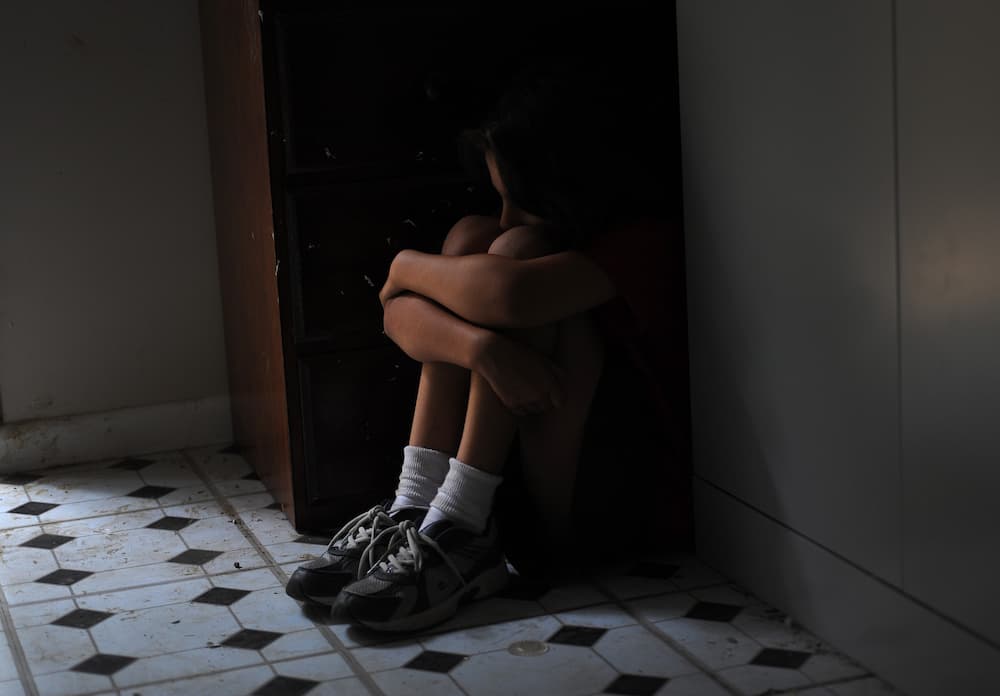Children as young as 10 are self-harming and suicide is being discussed among pupils in primary school playgrounds.
More than 6000 adolescents aged 10–14 attended a NSW hospital emergency department for self-harm between 2014 and 2019 – with 2276 of them presenting more than once.
Researchers from the Black Dog Institute and the University of NSW Medicine & Health analysed more than 81,000 hospital-presenting self-harm episodes among 48,547 people aged from 10 to 29 during the five-year period.
The data showed about 25 per cent had engaged in self-harm more than once – and a repeat episode was most likely to occur in the year following the initial episode – specifically in the first month.
Senior author of the study Michelle Tye says children and adolescents are a high-risk group for self-harm and repeated self-harm.
“Anecdotally, we’ve been finding that teachers are overhearing self-harm and suicide being discussed in the playground from the primary school years,” Dr Tye said.
The research found the risk of repeated self-harm was highest among children and adolescents who had their first episode between 10 and 19.
Those with two or more self-harm presentations had a higher risk of dying from suicide.
Repeated self-harm is a predictor of suicide, which is the leading cause of death for Australians aged between 15 and 44.
Self-harm is also a risk factor for a suicide attempt, which is even more common, with some estimates suggesting they occur up to 30 times as often as deaths.
“Adolescence is a stressful period of change, but young people today face unprecedented uncertainty – the COVID-19 pandemic, climate anxiety and economic stress colliding,” Dr Tye said.
“It’s likely they’re not coping with distress well and are turning to self-harm as a way of coping.”
Lead author of the study Jiahui Qian says self-harm behaviours among adolescents could be more widespread than reported because the researchers only looked at self-harm presentations to an emergency department.
“There will be many more young people in the community who self-harm but don’t go to a hospital,” Dr Qian said.
The study found males aged 15 to 29 who were admitted to hospital following a self-harm episode had a higher risk of engaging in self-harm again and dying by suicide, compared to females.
“We observed a higher risk of repeat self-harm and suicide death in males, but overall self-harm presentations are much more prevalent in females,” Dr Qian said.
Youth-specific early intervention was critical to prevent future self-harm episodes for adolescents, the study said.
“Self-harm is fundamentally a maladaptive coping behaviour, so we need to find ways to stop young people from getting to the point of engaging in suicidal behaviour and shift them to adaptive coping behaviours,” Dr Tye said.
More evidence-based programs in schools would help teach young people coping strategies, raise awareness of the warning signs of suicide and self-harm and educate young people about how to seek help.
“We need better (and more) suicide prevention-focused programs in schools to empower young people to recognise the warning signs and improve their capacity to seek out and get the right support,” Dr Tye said.
Clinical assessments at frontline health services also needed to improve as well as post-discharge care.
Routine psychosocial assessments and follow-ups with patients could help reduce the risk of repeat self-harm and suicide death over the long term.
But the heightened risk in the first month following a self-harm episode also indicates a need for more immediate patient support.
The study was published in the Journal of Affective Disorders.
Lifeline 13 11 14
beyondblue 1300 22 4636
Lifeline 13 11 14
Kids Helpline 1800 55 1800 (for people aged 5 to 25)



